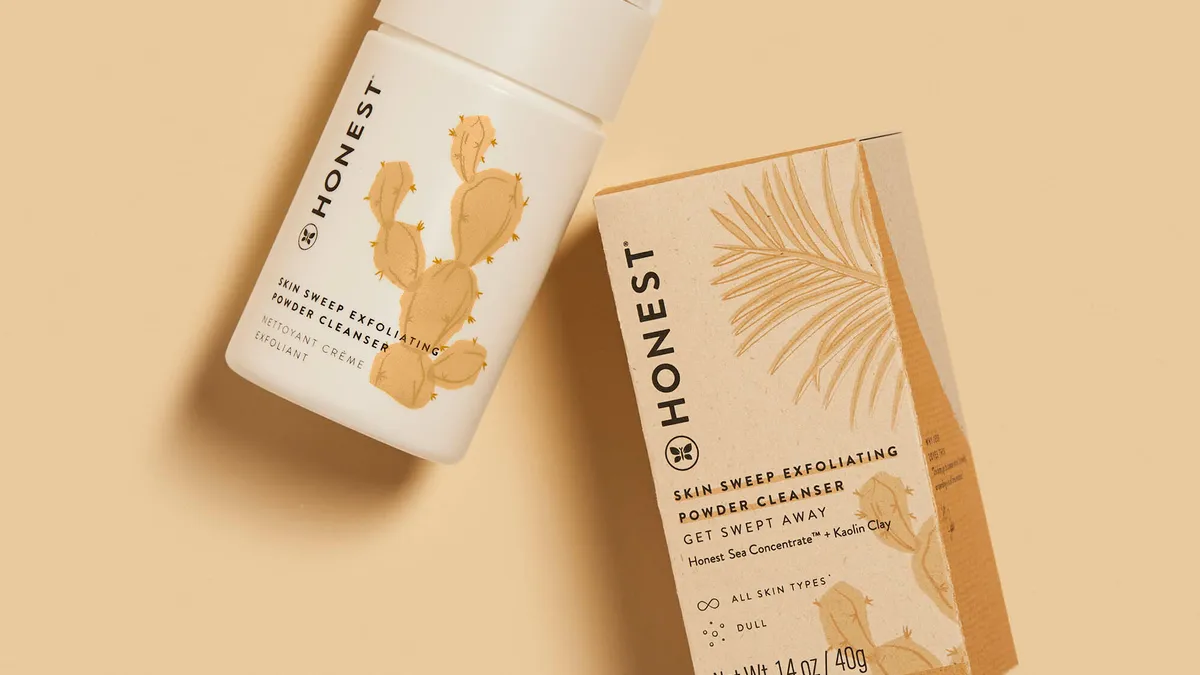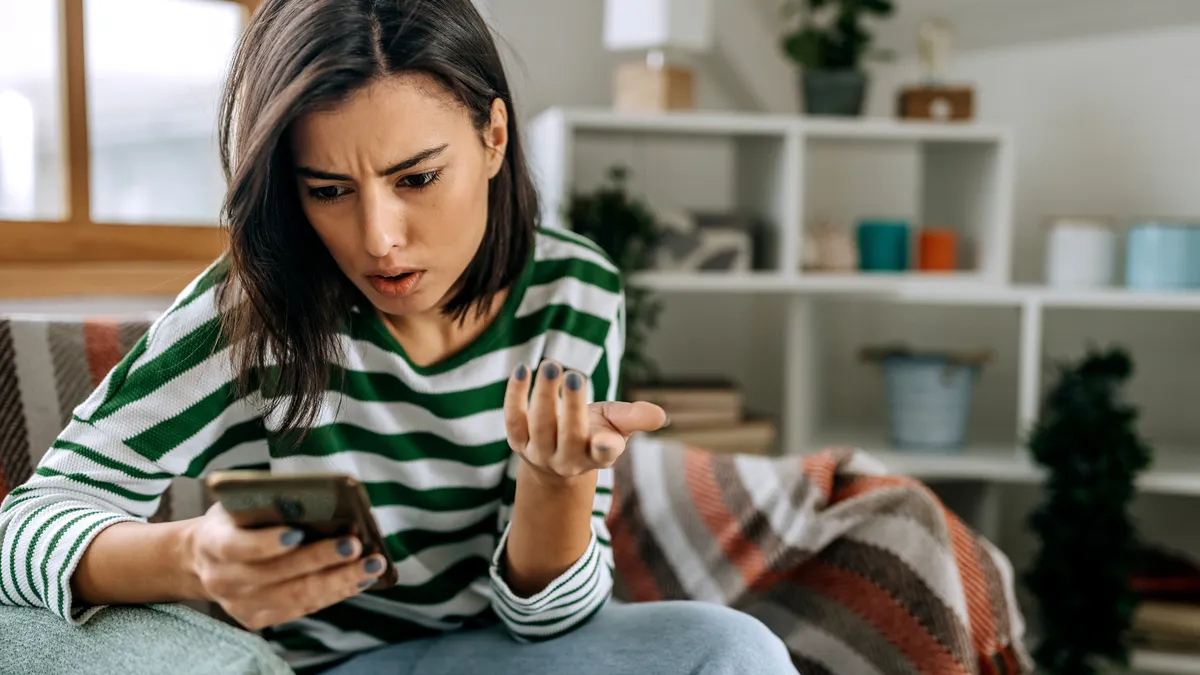Retail tech can be slow to catch on. While smartphones have been around for more than 10 years—some would argue even longer—users are just now considering mobile payment options. And while evidence and recent events have exploited the use of outdated credit card technology, more secure (and more advanced) chip-and-pin technology is still receiving push-back from some parts of the American retail-sphere.
And we get it. Change is hard, especially when retailers are forced to ask their customers to change habits to adapt. But augmented reality—the technology that allows users to cast digital images on screens depicting real time situations—has very big implications of change for the better. Below are some ways retailers can use this technology to drive sales, both in stores and out.
On the floor
Making headlines in March, Sephora introduced an augmented reality mirror in a Milan store, which uses technology from developer ModiFace. With the mirror, customers can try on different cosmetics virtually without ever having to test them on their skin.
ModiFace has recently introduced an app using this same technology that detects users’ skin tone by analyzing their Facebook photos. The app then gives various product recommendations to users that would best match their skin tone and hair color. Retailers can adapt this technology, linking these curated products to their website or in-store inventory.
Using the American Apparel Shopping Assistant app (created with the Vuforia platform), customers can scan labeled signs and barcodes in store for reviews of selected products and “ways to wear it.” The app also gives the user information on available colors of the garment, and an option to buy online, if not available in-store.
Easing customer’s frustration when looking for that one last item on their list, Walgreens is testing an enhanced version of its app that can guide them to wanted products in-store. Working with its loyalty app partner Aisle411 and Google’s Tango technology, the app creates a 3-D map of the store and gives the user precise locations of wanted products. Creators of the app say the technology can locate a product to about 10 centimeters of accuracy.
Augmented reality is not just for customers. Working with IBM Research, British grocery retailer Tesco is testing an augmented reality tool to help employees arrange product displays and stock inventory. After taking a picture of the store’s shelves, the software highlights products that may be incorrectly placed or are at risk of becoming understocked. The technology can be useful to large retail companies looking to create a cohesive in-store look and experience throughout their multiple stores.
Outside of the store
Ikea’s 2014 catalog allows readers to virtually place furniture featured in its pages inside their houses. Using the Ikea catalog app, readers can scan a symbol on select pages of the print catalog, then place the book at the intended spot for the furniture piece in the room they are decorating. The selected piece will then appear on screen in the room, letting the consumer skip the process of imagining what a coveted couch or bed would look like with existing objects.
The key to this app is that the real-time furniture placement won’t work unless it is used with the print catalog…you need both the item’s code in the book, and the physical catalog to see the desired content. So once a user finds the perfect bed or table, it’s easy for them to order it from the catalog literally right before them on the floor, or with the mobile phone in their hand. Metaio, the augmented reality developer behind the app says that it is working on new technology to make the 3D image appear anywhere, without the need of the catalog to place it in the room.
London-based Holiton Studio specializes in the use of 3D technology and augmented reality apps for retailers, largely used by jewelry and watch brands. In 2011, the company teamed up with luxury watchmaker Tissot to create a display outside of Selfridges department store in London. Using the screens, passers-by could virtually “try on” the company’s watches without entering the store. During the trail’s run, Tissot says that they saw sales of its watches in Selfridges rise by 83%.
Making it work
While augmented reality has a definite marketing draw, the question is how it can become commonplace within retail.
Brendan Scully, senior business development manager at Metaio, says that there are three things needed to make an augmented reality campaign successful, and profitable.
First, retailers need to start small; select a group of products to be scanned that are going to be relevant to augmented reality's capabilities. After this, retailers need a clear call to action and directions on how to use this technology.
“For Amazon, they have made it so easy that all you have to do is hit a button on the phone for scanning things,” said Scully, referencing the company’s new Fire Phone that lets users scan and directly buy any sort of wanted item. For other retailers, an insert or a page in an interactive catalog should be able to help customers access the augmented reality experience.
Next, retailers need to spread the word about this campaign with some sort of marketing push to a select group of people open to this experience. Lastly, they should make sure it’s fun. Users should be motivated by loyalty incentives or sweepstakes, where customers can accumulate points each time they scan and use the app.
“The user is going through quite a lot to get to the experience, you have to reward them for it,” said Scully. “You have to reward the user with quality content to make them come back and scan again.”
Would you like to see more retail news like this in your inbox on a daily basis? Subscribe to our Retail Dive email newsletter! You may also want to read Retail Dive's look at strange stories from the customer service counter.





















